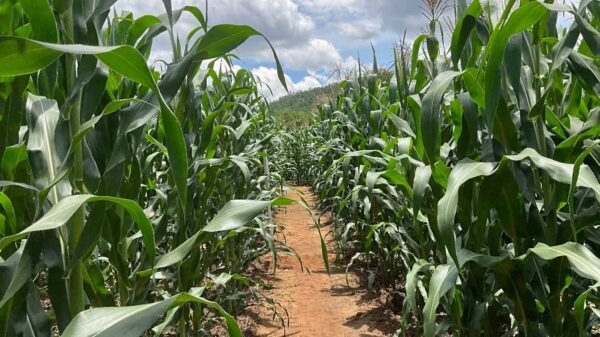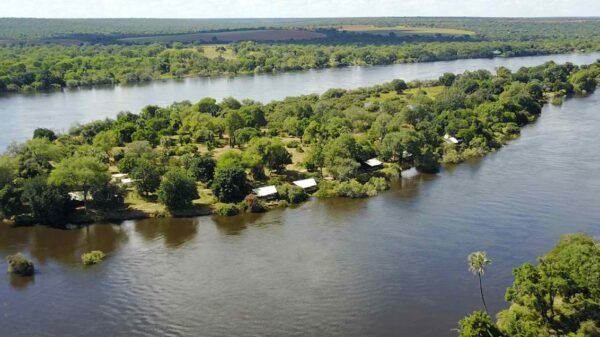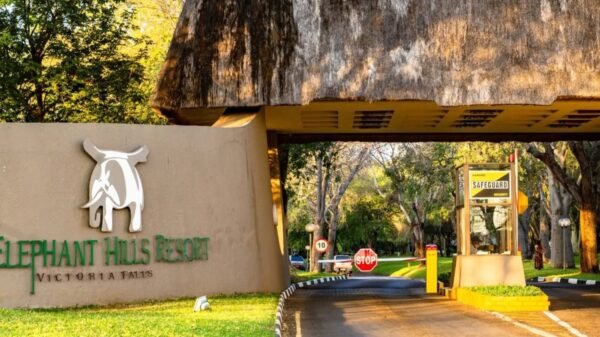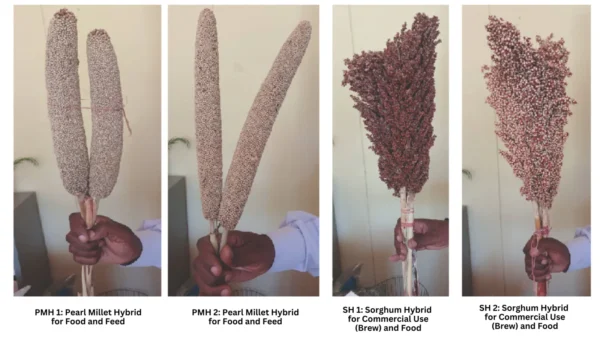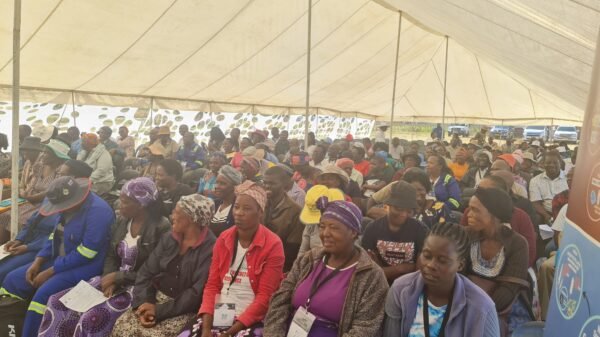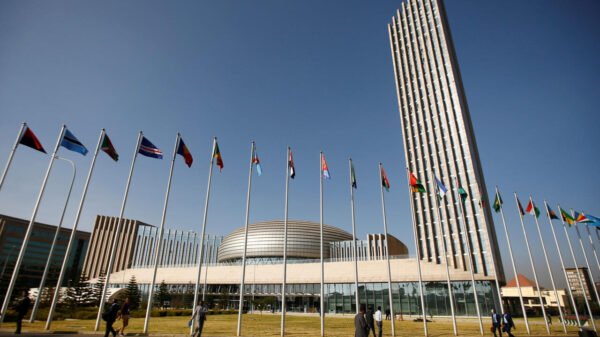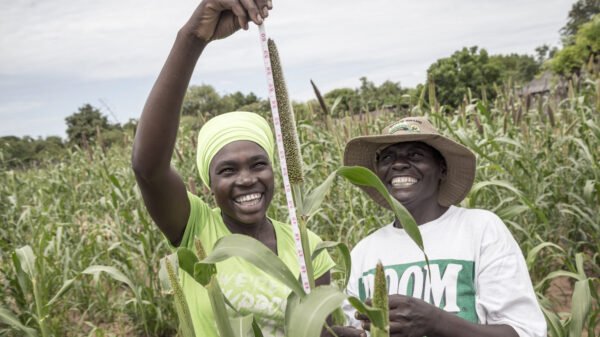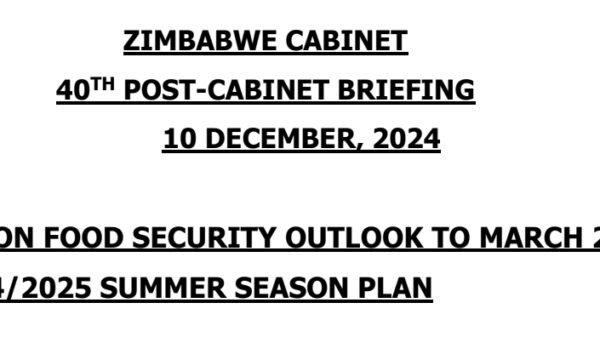ZIMBABWE Mercantile Exchange (ZMX) hosted the Africa Continental Free Trade Area (AfCFTA) Association of African Commodity Exchanges (A-ACX) annual conference on 26 and 27 March.
The conference, held in Victoria Falls, was attended by delegates from the private and public sectors as well as independent and inter-governmental organisations.
Zimbabwe’s Lands, Agriculture, Fisheries, Water and Rural Development minister, Anxious Masuka (pictured below), emphasised the benefits the country and continent stand to derive from liberalising their markets.
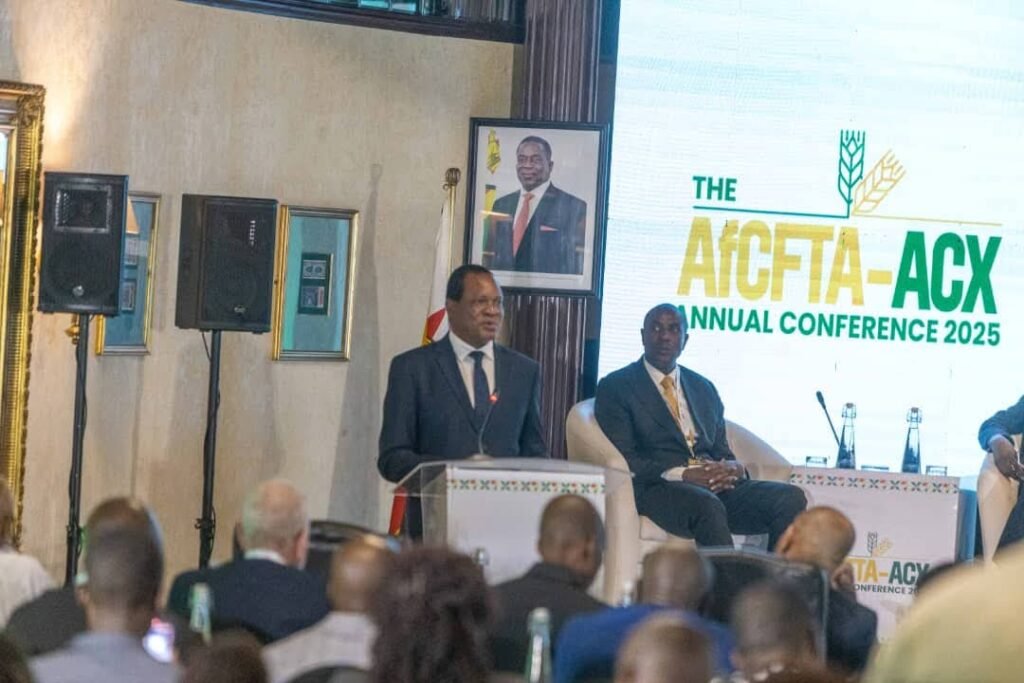
“By liberalising the markets, you have market forces at play, prices will find some equilibrium. We have now done structured market liberalisation. This structured market liberalisation is identifying a few value chains and you begin to experiment with them in terms of where you want to get to; for example, we now have maize, we have wheat.”
Masuka said there is a huge market for Zimbabwean products in Africa, noting that “Africa still imports US$80 billion to US$100 billion worth of food annually”.
A-ACX chairperson Tucci Ivowi (pictured) said there is a need for greater integration between African countries’ commodities exchanges.

“The AfCFTA is an unprecedented
opportunity to transform trade; we know this, we have a market of over 1.3 billion people and a combined gross domestic product of over US$3 trillion. However, to fully realise this potential, we must scale and integrate our commodities
exchanges, we must ensure seamless trade, price stability, and value creation across borders.”
What is the ZMX?
The ZMX is a private limited company registered under Zimbabwe’s Companies Act & Other entities Act [Chapter 24:31] of 2020, and regulated by the Agricultural Marketing Authority (AMA) to operate a commodities exchange. It also operates a warehouse receipt system according to the Warehouse Receipt (General) Regulations of 2020. ZMX is operated by the Financial Securities Exchange and was founded as a joint venture between the Financial Securities Exchange (FinSec), TSL Limited, CBZ Limited representing the private sector and the government of Zimbabwe.
What is the A-ACX?
The Association of Commodities Exchanges, established under the Guided Trade Initiative of the African Continental Free Trade Area, comprises 16 national and regional exchanges. The association’s aims, amongst others, is to play a pivotal role in enhancing the commodity trade ecosystem, contribute to the advancement of regional trade, economic growth, sustainable development, and stimulate investment in Africa’s agricultural and natural resources sectors. The objectives of the association are multifaceted, with a focus on piloting cross-border trade mechanisms between different African markets, exploring exchange-intermediated pan-African supply and procurement strategies, facilitating regional price discovery, creating pan-African markets, establishing efficient single-window trade gateways, and advocating for policy and legal reforms to unlock rapid intra-Africa trade growth through commodity exchanges.

The importance of African markets and how Zimbabwe can benefit
The African continent has long faced challenges in building robust commodity markets that can truly harness the potential of its abundant natural resources.
From agricultural goods to minerals, Africa remains the world’s most resource-rich region, yet the economic benefits often fall short of expectations due to inefficient markets, underdeveloped infrastructure, and the lack of standardised trading systems. This gap has hindered intra-Africa trade and stunted economic growth, especially in countries dependent on commodity exports like Zimbabwe.
However, the Africa Continental Free Trade Area (AfCFTA) and its related initiative, the Association of African Commodity Exchanges (A-ACX), are now pushing to reshape the continent’s commodity trading landscape.
The AfCFTA and A-ACX: A vision for market integration
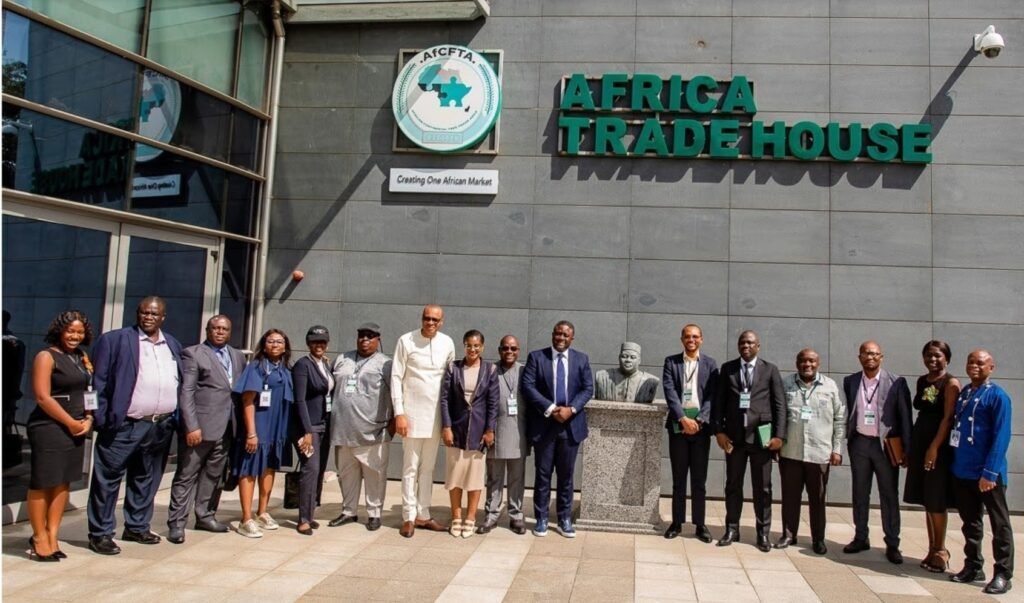
The AfCFTA, which came into force in 2021, represents one of the world’s largest free trade areas by membership. By aiming to reduce tariffs, harmonise trade regulations, and eliminate barriers to intra-African trade, the AfCFTA’s ultimate goal is to enhance economic integration. One of the most crucial aspects of the AfCFTA is its potential to foster growth in sectors that are key to many African economies, notably agriculture, mining, and energy.
In tandem with AfCFTA’s trade facilitation efforts, the A-ACX was established to enhance the development of African commodity exchanges. This collective organisation works to strengthen commodity exchanges by improving infrastructure, developing market regulations, and facilitating knowledge-sharing among exchanges in different countries. By pooling resources and best practices, the A-ACX aims to improve transparency, liquidity, and price discovery in African commodity markets.
Despite these efforts, progress has been slow. The A-ACX currently faces significant challenges in ensuring that the infrastructure for commodity exchanges is consistent across the continent. Many African countries still lack the necessary technology and regulatory frameworks to support commodity markets, while others continue to struggle with political instability and corruption that undermine market confidence. Additionally, many commodity exchanges remain underdeveloped, and their operations are constrained by limited access to international markets and capital.
Zimbabwe’s path to developing a commodity exchange
For Zimbabwe, a country rich in natural resources but beset by economic difficulties, a well-functioning commodity exchange could provide an invaluable solution. The country is a major producer of commodities like gold, tobacco, and platinum, yet its reliance on exporting raw materials at prices set on global markets leaves it vulnerable to price fluctuations.
Developing a domestic commodity exchange would allow Zimbabwe to better manage commodity pricing, mitigate risk, and attract investment into value-added industries. However, building such an exchange requires overcoming numerous obstacles.
1. Strengthening infrastructure and technology: One of the first hurdles Zimbabwe faces in building a commodity exchange is the lack of infrastructure. The country needs to invest in modern trading platforms that can handle the complexity of commodity transactions in real time. Partnerships with global tech companies that specialise in financial market infrastructure could help create a secure and transparent trading environment.
Additionally, the nation will need to invest in physical infrastructure, such as storage facilities and transportation networks, to ensure that commodities can be stored and moved efficiently. These investments would be crucial to establishing the credibility and functionality of any exchange.
2. Regulatory and legal framework: For any commodity exchange to thrive, a robust and transparent legal and regulatory framework is essential.
Zimbabwe will need to create a regulatory environment that instills confidence in both local and international investors. This means enforcing rules on contract execution, trading standards, and market surveillance. The Zimbabwean government should work to align its regulatory frameworks with those of established commodity markets in other regions to ensure market credibility and attract foreign investments.
Furthermore, Zimbabwe could work closely with the A-ACX to ensure its framework is compatible with those of other African exchanges. Such alignment could enhance the flow of trade and make Zimbabwe’s exchange more attractive to regional and global investors.
3. Developing market liquidity and participation: A major challenge in establishing a commodity exchange in Zimbabwe would be generating sufficient liquidity. Without enough market participants, an exchange cannot function effectively. To build liquidity, Zimbabwe needs to encourage local producers, including smallholder farmers and mining companies, to participate in the exchange. This requires education, outreach, and an incentivised approach to bring producers into formal market channels rather than relying on informal or opaque pricing mechanisms.
The government and the A-ACX could collaborate on education initiatives aimed at local farmers, miners, and traders to help them understand the benefits of participating in the exchange. Additionally, Zimbabwe could incentivise private sector investment by offering tax breaks or subsidies for companies that use the exchange as their primary trading platform.
4. Building investor confidence: Investor confidence is critical for the success of any exchange. Zimbabwe, having faced hyperinflation, currency volatility, and economic sanctions in the past, will need to work hard to ensure investors trust the country’s economic stability. Strengthening fiscal policies, ensuring stable governance, and promoting transparency are key steps in this direction. Furthermore, the government could offer incentives such as tax breaks, foreign exchange guarantees, and low-risk investment opportunities to attract global institutional investors to the new exchange.
5. Encouraging regional integration: Finally, Zimbabwe’s commodity exchange should not exist in a silo. It must be integrated into the broader AfCFTA framework. By ensuring compatibility with other regional exchanges, Zimbabwe can open the door to larger markets, offering investors a broader range of opportunities.
In fact, Zimbabwe could leverage the A-ACX’s network of regional exchanges to provide a wider platform for trading and commodity price discovery. In doing so, the country could benefit from the liquidity of pan-African markets while simultaneously boosting its own trade within the region.
Roadmap for Zimbabwe’s commodity exchange
While the challenges are significant, Zimbabwe’s path to a thriving commodity exchange is not insurmountable.
With the AfCFTA and the A-ACX pushing for greater market integration and standardisation, Zimbabwe can look to both local and international partners to help lay the foundation for its exchange. Investments in infrastructure, technology, regulation, and market participation are all crucial steps in making Zimbabwe’s commodity exchange a reality.
In the broader context, the success of Zimbabwe’s exchange would not only benefit the country but also contribute to the AfCFTA’s vision of an integrated African market. A thriving commodity exchange in Zimbabwe could be a model for other African nations, demonstrating how targeted investment in market infrastructure can unlock the true potential of the continent’s vast resources, creating jobs, driving economic growth, and fostering regional integration. In this regard, Zimbabwe stands at a crossroads, with the opportunity to lead the way in Africa’s commodity market renaissance.–Staff Writer.

